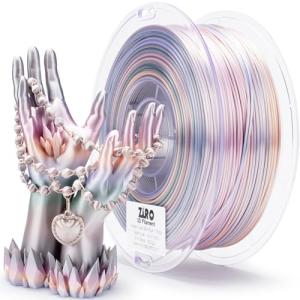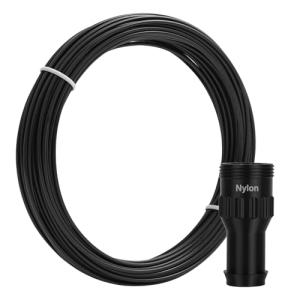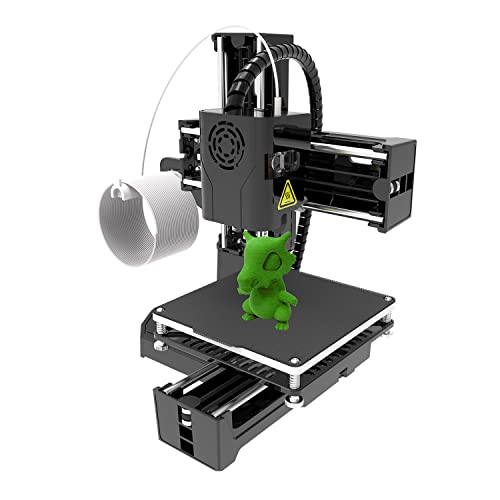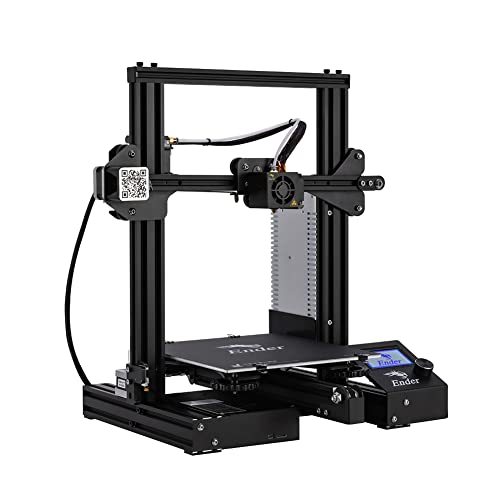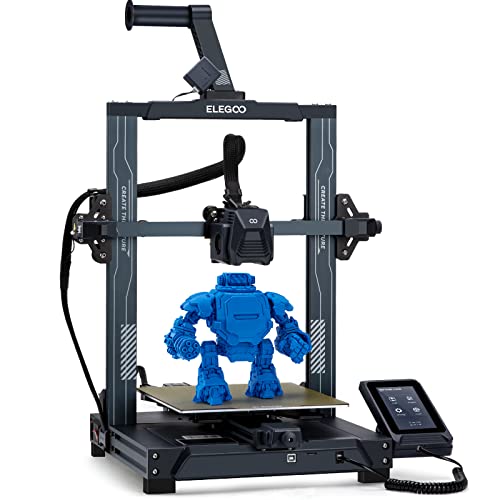If you're diving into the world of 3D printing, you've come to the right place! Getting started can seem a bit overwhelming, but it’s actually a lot of fun. Let’s break it down into some easy steps to help you kick things off smoothly with these helpful 3D printing tips.
First things first, you’ll need a printer. There are loads of different types out there, so pick one that suits your needs. If you're a total newbie, I recommend starting with a user-friendly model like the Ender 3 or a Prusa Mini. They’re reliable and have a massive community for support. Plus, they won’t break the bank!
Once you’ve got your printer, it’s time to choose some designs. Websites like Thingiverse or MyMiniFactory offer tons of free models that you can download and print. Just make sure to check the printer settings suggested for each model to avoid any mishaps. Using the right settings is one of the best 3D printing tips to save you time and frustration.
Don't forget about your filament! PLA is often the go-to choice for beginners because it’s easy to work with and produces great results. Other materials like ABS or PETG can be trickier, so stick with PLA as you learn the ropes. Experimentation will come later! And remember, keep your workspace clean and well-organized to help prevent any printing disasters.
Finally, don’t underestimate the power of community. Join online forums or social media groups focused on 3D printing. You’ll find a wealth of tips and be able to ask questions as you go. These connections can really boost your learning curve and make your 3D printing journey much more enjoyable!
Choosing the Right Printer for You
When it comes to selecting a 3D printer, you’ve got options, and that can be exciting! First, think about what you want to create. Do you want to print small models, toy figures, or bigger things like home decor? Knowing what you’re after helps narrow down your choices.
Next up, consider the types of materials you want to use. Some printers only handle plastic filaments like PLA and ABS, which are great for beginners. Others can work with more advanced materials, like resin or metal. If you're curious about trying different materials down the line, look for a printer that supports a range of filament types.
Don’t forget about your budget. You can find decent entry-level models that won’t break the bank, but you might also see some super fancy machines with all the bells and whistles. Take a good look at what features matter most to you—like print size, speed, and ease of use. Reading reviews is a solid way to learn about real-life performance.
Finally, consider the community and support resources that come with the printer you choose. Some brands have a fantastic online community filled with tips and tricks. That's a huge plus, especially if you're diving into the world of 3D printing for the first time. These “3D Printing Tips” from fellow users can really help you figure things out faster.
ZIRO Shiny PLA Gradient Filament for 3D Printing
Bring your 3D prints to life with vibrant colors and a smooth finish using ZIRO's Shiny PLA Gradient Filament
Product information
$24.99
Product Review Score
4.56 out of 5 stars
102 reviewsProduct links
Materials You Need for Successful Prints
When you're diving into the world of 3D printing, having the right materials on hand makes a huge difference. You can have the best printer, but if you skimp on supplies, your prints might not turn out the way you hoped. Here are some essentials to gather before you get started with your first project.
First up, the most important material: filament. This is the stuff that turns your digital designs into physical objects. There are a few popular types to consider:
Next, don’t forget about a print bed surface. Having the right surface can improve adhesion and reduce warping. Options like glass or PEI sheets can make all the difference in how your prints stick and come out clean. Some people even use painters tape for added grip!
Lastly, keep a toolbox handy with some basic tools. A scraper helps you get your prints off the bed without damage, while a pair of tweezers can help you clean up any excess filament. Plus, having some glue stick or adhesive spray can help with bed adhesion if you’re working with tricky materials. With these materials lined up, you’ll be well on your way to mastering these 3D printing tips and achieving great results!
50g Black Nylon Filament 1.75mm for 3D Printing
Durable and versatile nylon filament perfect for your 3D printing projects
Product information
$9.99
Product Review Score
4.84 out of 5 stars
146 reviewsProduct links
Common Mistakes to Avoid as a Beginner
Getting started with 3D printing can feel a bit overwhelming, but avoiding some common mistakes can really make your journey smoother. Here are a few tips that can save you time, money, and a whole lot of frustration.
First off, don’t skip the setup process. Many beginners think they can dive right in without calibrating their printer. Take the time to level the bed and make sure everything is in order. A level print bed is crucial for a good first layer, and if that’s off, your prints might fail before they even start.
Another mistake is picking the wrong materials. Not all filaments are created equal. If you’re just starting out, stick with PLA. It’s user-friendly, affordable, and gives great results. Steer clear of more complicated materials like ABS or flexible filaments until you get the hang of the basics.
Finally, don’t rush through the slicing software. This is where you control many printing settings that can affect the quality of your print. Spend some time learning about layer height, temperature, and print speed. These 3D printing tips can help you achieve better results, and you’ll feel proud of your creations!
With these easy-to-follow tips, you’ll be on your way to becoming a confident 3D printing hobbyist. Just remember to take it slow and don’t be afraid to experiment as you learn!
